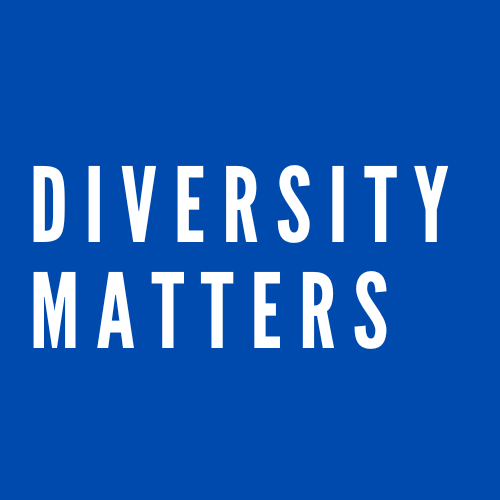
Spirituality and inclusion
“Religion is the opium of the people,” said Karl Marx, criticizing religion as a tool of oppression in the society of his time. And yes, it is true that there have been many cases throughout history where religion has been misinterpreted and used to divide. However, the term “religion” comes from the Latin “religare,” which means “to bind” or “to connect”; its true meaning implies therefore binding, uniting, connecting people not only with the transcendent but also with each other. To unite, not to divide.
A joint study from 2020 by Brown University and Stanford University showed that political and social polarization has grown rapidly in the last 40 years, dividing along ideological, racial, and religious lines. This phenomenon occurs at a time when issues of inclusion, diversity, equity, and belonging (DEIB) are being considered more broadly than at any other time in recent history. However, the notion of religious or interreligious inclusion is absent from many discussions about DEIB.
“It’s time for businesses to take religion into account […] Many corporations avoid this kind of commitment out of fear of legal entanglements, or because of concern that it may open the door to proselytism and disagreements. But including religion in their DEI efforts can create a sense of belonging among employees and help them better serve a wider range of customers,” says the Harvard Business Review publication on religious identity in DEI strategies.
By changing the perception of religion as a risk and recognizing it as an asset, organizations improve their internal cohesion, their performance, and open up to opportunities like Martha Moore’s, who after noticing Muslim women staying on the shore instead of entering the water during a beach vacation, developed the Victory Swim collection of modest swimwear that generated millions in revenue for Nike.
But this is not just about revenue, it’s about a vital call. Nowadays, more and more people feel an urgency to explore their faith through different traditions and perspectives in order to face the emotional challenges that arise. A recent survey by the Springtide Research Institute found that after the pandemic, there was an increase of over 33% in young adults in the United States who claim to believe in the existence of a higher power, an increase attributed to the three years of loss, depression, and anxiety they faced. Therefore, it is crucial that communities and organizations recognize and adapt to this growing need to find answers beyond the material realm and that conversations about inclusion encompass all dimensions of human identity, including spirituality, of course.
To bind, unite, connect: Religion, far from dividing, can be a powerful force for fostering mutual understanding and building bridges between diverse communities. After all, the principles shared by most branches of faith are precisely love, compassion, and inclusion.

